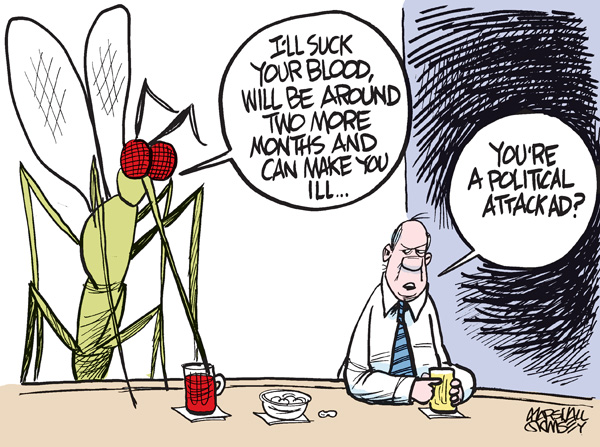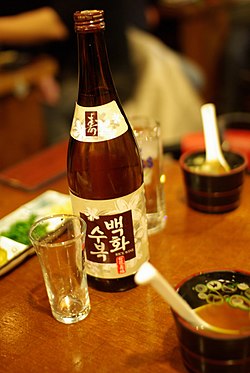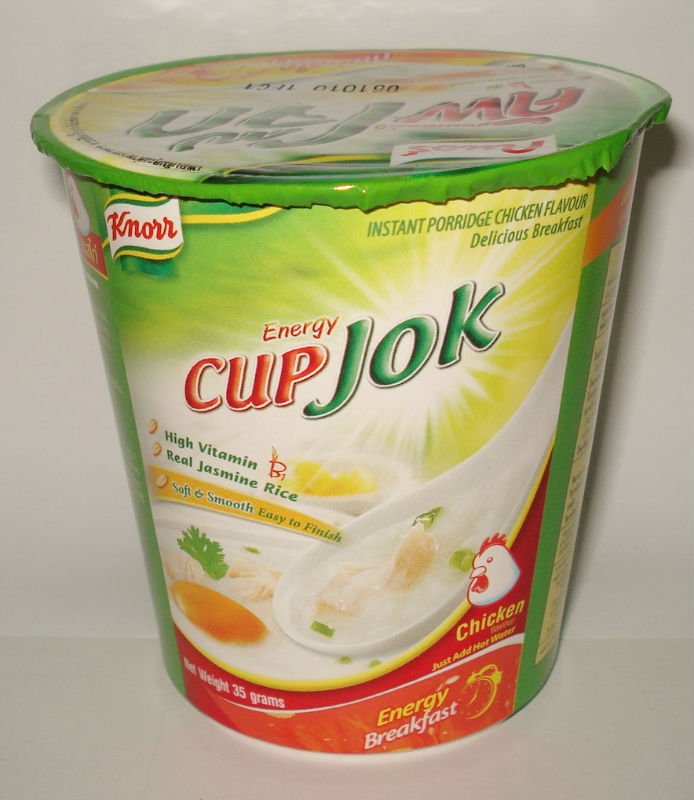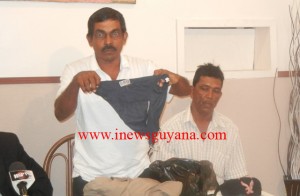Gov’t committed to exploring avenues to protect rice industry
- President Ramotar tells Essequibo farmers
PRESIDENT Donald Ramotar, accompanied by Agriculture Ministers, Dr. Leslie Ramsammy and Ally Baksh, and officials from the Rice Producers’ Association (RPA) yesterday met with rice farmers at Golden Fleece and Hampton Court on the Essequibo Coast.Last week a number of rice farmers led by an Alliance For Change (AFC) Councillor took to the streets in an unlawful demonstration, burning tyres, blocking roadways and assaulting police officers over delayed payments for paddy by millers. A number of them were taken into custody and later placed on bail.

From left, RPA General Secretary Dharamkumar Seeraj, President Donald Ramotar, Minister within the Ministry of Agriculture Ally Baksh and Agriculture Minister Dr. Leslie Ramsammy.
The Head of State emphasised the importance of the rice industry, not only to individual farmers, but to the country’s economic development as a whole. He explained that the Government has been working over the years to diversify the economic base of the economy so as not to be solely dependent on a few traditional industries.
He noted that even though the sugar industry has been facing quite a lot of struggles, the country’s economy has remained strong, and the rice sector has made significant contributions to this.
The President spoke of the support that his Party has given to rice farmers over the years, and took the gathering back to 1964 when the PPP lost the general elections to the PNC. He reminded that some of the first people who faced victimisation were rice farmers. In 1965, the then PNC regime reduced the price to farmers and when they attempted to protest in front of the Parliament, police dogs were released on them.
“The best friend that this industry has ever had has been the People’s Progressive Party in Government…the industry was on its knees when we got in government in 1992, the production was just about 90,000 tonnes of rice,” President Ramotar reminded.
As a result of massive investments in drainage and irrigation, opening up of lands, and subsidised prices for fertilizer, farm to market roads, new rice, among other interventions, the rice industry continues to record strong production. Even under the most testing of conditions, it recorded a production of over 400,000 tonnes for the first crop in 2014.
However, new challenges have arisen in the form of locating new markets, higher prices, and finding new ways to make the industry more productive and competitive. In this regard, the Government has dispatched a team of Indian scientists to visit the various mills across the country to determine how energy can be used more efficiently and to expand the industry by using by-products of rice.
The Government is also looking at other forms of marketing that will be competitive for farmers.
With regard to Guyana’s rice deal with neighbouring Venezuela, President Ramotar said, “We do not know what is going to happen in Venezuela, the political situation there is not very good…we have to think beyond that to protect the industry.”
He added that even if Guyana continues to hold the Venezuelan market, the percentage of rice being sold there will continue to fall as production continues to increase. In light of all of this, the President assured that his Government is committed to exploring avenues to ensure that the industry is protected.
Meanwhile, Minister Ramsammy explained that Guyana is a small country; it cannot consume all the rice it produces.
“We consume totally industrially and for food approximately 120,000 tonnes…it means that we have to export close to 500,000 tonnes. In 2006, we were only exporting about 200,000 tonnes. Last year, we exported 394,000 tonnes. As we are speaking right now, we have increased the export by 25 percent…by the end of the year between 475,000 and 500,000 tonnes would have been exported,” the Minister said.
More rice has been exported to traditional markets such as Jamaica and Europe, and new markets have been added as well, such as Haiti and Panama, which have been buying increasing amounts of rice. The Government is also in the process of negotiating with markets in Central America and Africa.
Only last week, an invitation was received to send a team to Africa to negotiate terms for them to purchase rice from Guyana.
On the issue of millers’ failure to pay farmers in a timely manner, the Minister recalled that earlier this year, President Ramotar immediately ordered funds to be released to pay farmers who were owed about $300M from the previous year (almost $200M of that amount were for farmers on the Essequibo Coast).
To date, the Government has only collected a small amount of this money that was released.
“Instead of the farmers being owed, we are now owed that amount of money. That is the kind of support we gave. In the last several months, we have released further amounts…our position is that rice farmers must be paid fully and on time,” Minister Ramsammy stated.
General Secretary of the RPA, Dharamkumar Seeraj, in his remarks said that the rice industry benefitted from very good prices at the beginning of the rice deal that is a part of the Petrocaribe arrangement. As a result, farmers took it upon themselves to invest in more acreage, so much so that the acreage cultivated per season moved from 175,000 acres to 226,000 acres, some outside of drainage and irrigation areas.
This year, there was an increase in production plus carry-over stock and only a 200,000 – tonne market to Venezuela. This led to serious implications such as delayed payments, which affected farmers throughout the country.
“We wanted more from Venezuela, both in terms of quantity, as well as duration, but we are taking these issues into consideration before going ahead with plans to rent additional rice lands at high prices and expanding cultivation.
Almost $20B has already been paid to farmers across the country. Recently, some $400M was paid out to rice farmers in Region 2.
(GINA)








